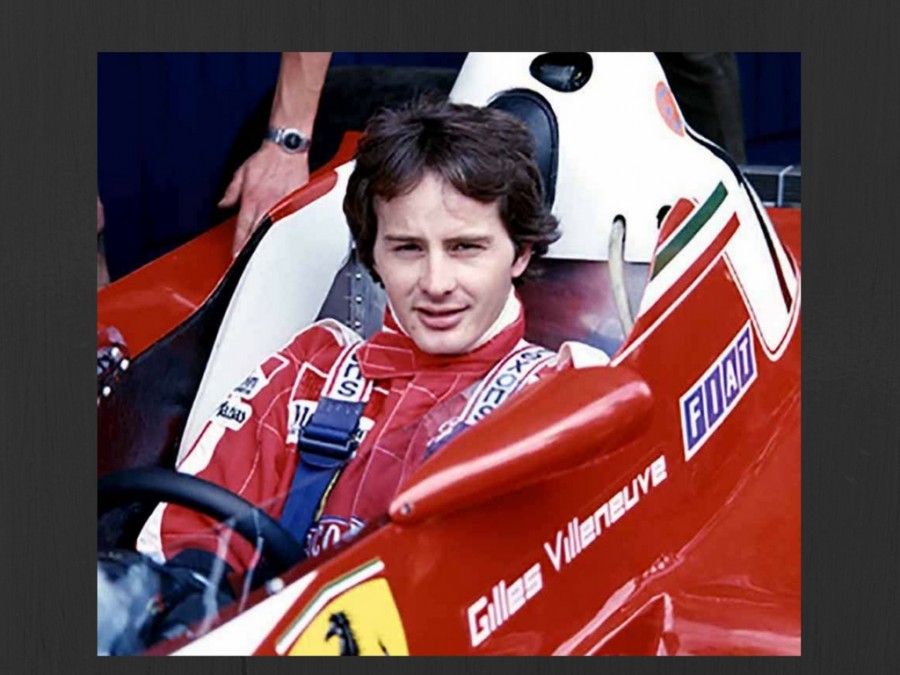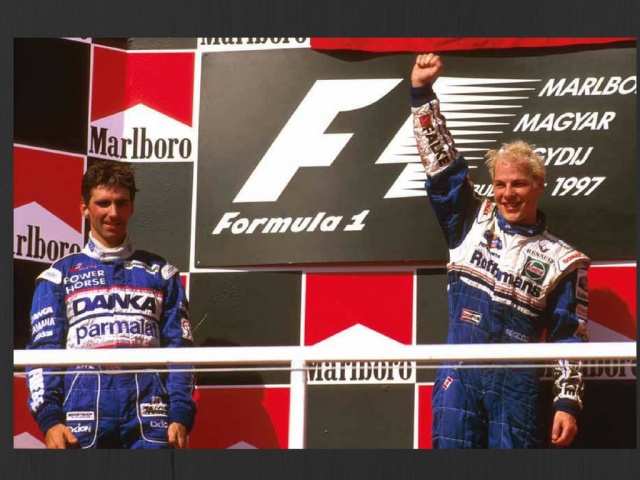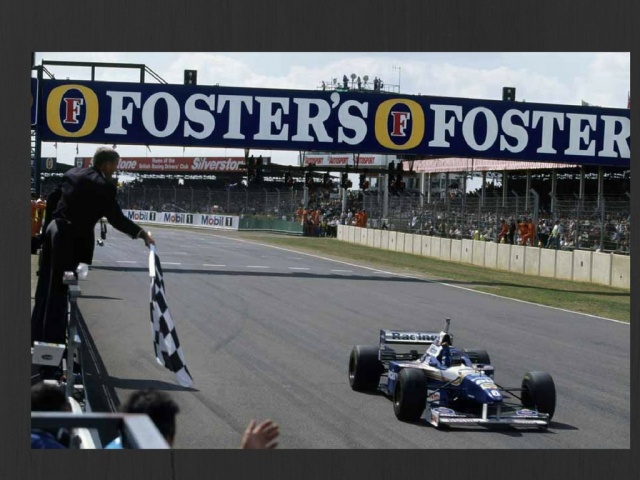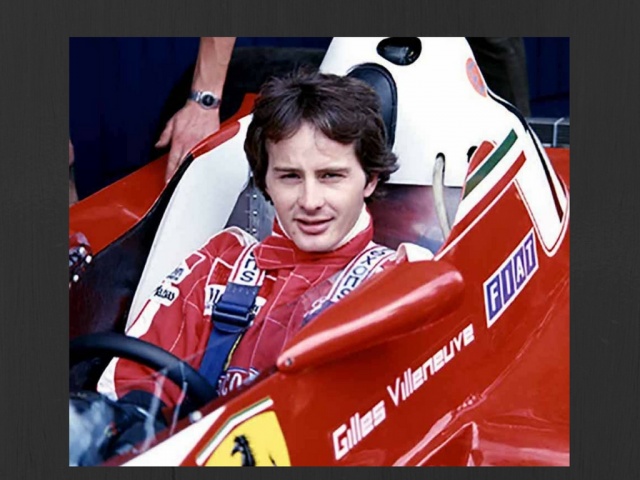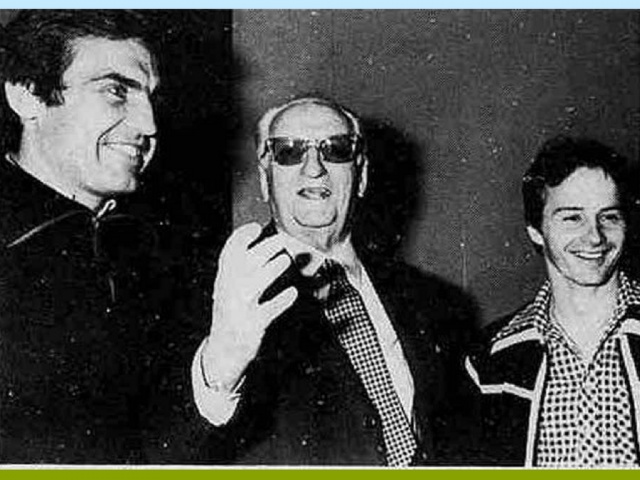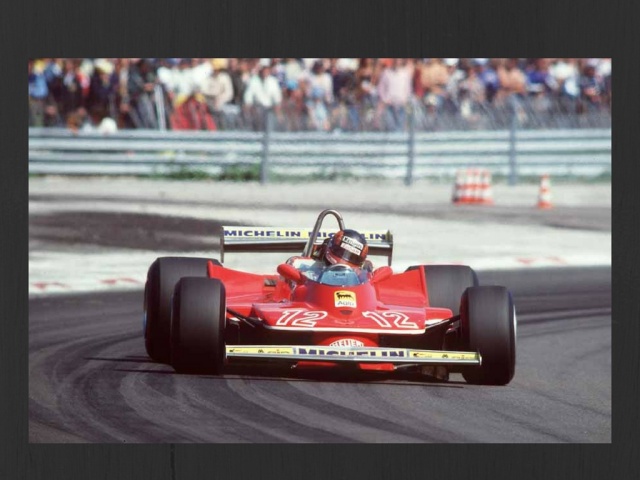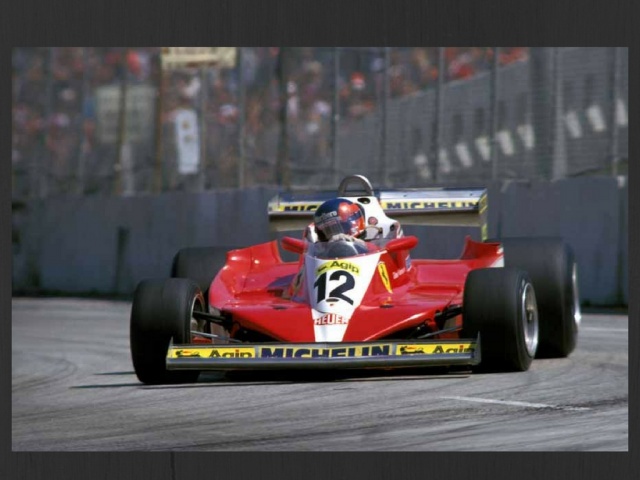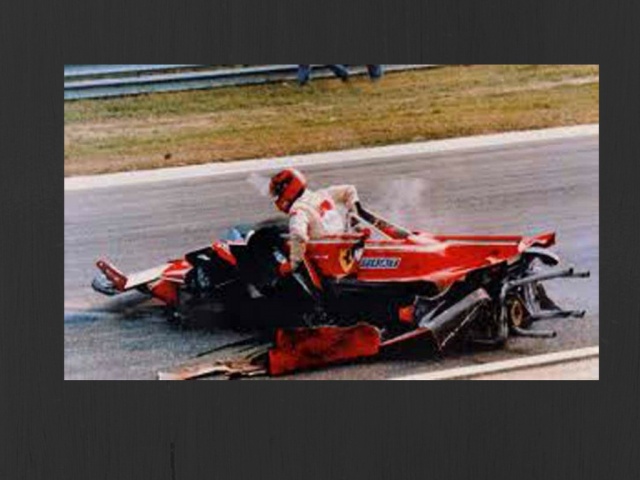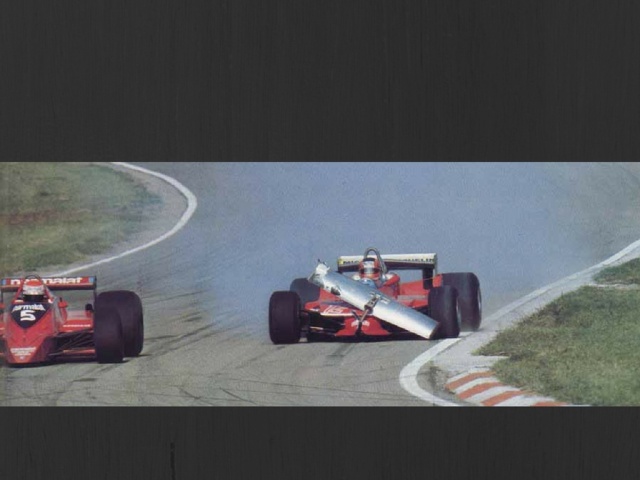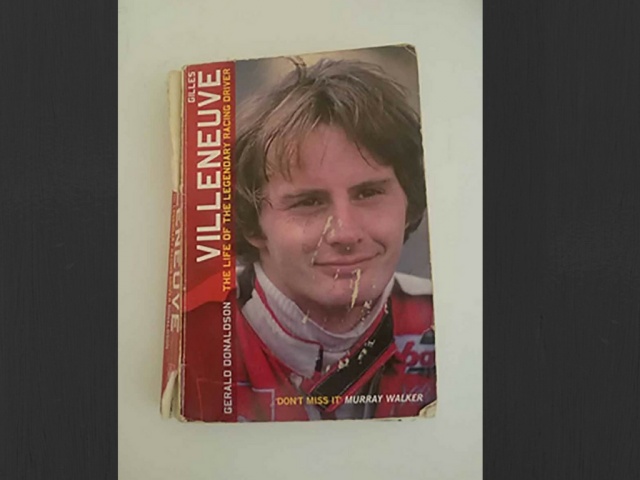I'd heard of Jacques Villeneuve. Of course I had. Watching RTE's Formula 1 coverage in the 1990s, you were never more than a few seconds away from one of Peter Collins' excited utterings proclaiming the young Canadian as the best thing since sliced bread, his enthusiasm tempered somewhat by David Kennedy's calming and knowledgeable intonations. I was six years old when Jacques first burst onto the TV screen in our front room. I distinctly remember the Rothmans Williams Renault zooming around the Albert Park circuit in Melbourne in the lead, all the while showering Damon Hill's car in oil. Jacques dropped back, but still finished second in his first race, and his gung-ho driving style was endearing to my impressionable eyes. Watching the championship-deciding showdown at Jerez a year later, I uttered a word that my parents were roundly shocked to discover was in my lexicon when some German in a Ferrari tried to take him out. Apparently, Jacques' father had been a famous racer too, but I don't recall taking much notice of that fact at the time.
Fast forward a decade, and my burgeoning childhood enthusiasm for motorsport had turned into a full-blown obsession. Disillusioned with F1 after the Schumacher era, my attentions had turned to rallying. This coincided with the Celtic Tiger boom, which brought all manner of ex-works manufacturer machinery to these shores. I still kept a casual eye on F1, and Jacques' demise from world champion to whining also-ran was a sorry sight, his overalls baggier and his hair weirder with each passing season. By this stage, I'd seen his father's name mentioned in revered tones in various publications. Gilles' story began to intrigue me, and in those days of dial-up internet, information was hard to come by. That all changed when my cousin fished out one particular book from his impressive collection.
It opened itself naturally on the photo-strewn middle pages. The first image that caught my eye was a Ferrari with the number 27 on its nose skating across a kerb, completely sideways, with one front wheel still just about in contact with the tarmac of the track. Sparks were apparent underneath the car's chassis in the perfectly-timed snapshot, the driver's head faced in the direction he wanted to go as his arms fed in swathes of opposite lock. Somehow, it still looked fast. I imagined two scenarios that could have followed; one, an almighty crash; or two, the driver saving the moment and powering on to the next near-miss. Flicking back a page, there was another Ferrari, the same helmet design visible, only this time the car was dragging one of its rear wheels along like a battered anchor as the opposite front wheel pawed helplessly at the ground. More sparks. Who was this lunatic?
During after-school study, I discovered that my physics textbook was of ample size and shape to sufficiently hide my new favourite book from prying teachers' eyes. I devoured it in the space of a couple of days, barely sleeping, and once I had finished it I started over from the first page once again. I couldn't believe the tales surrounding 'il piccolo Canadese'. How could a guy who had started out racing snowmobiles in Canada end up driving for the most famous outfit in the world?
In the era before carbon fibre chassis and track improvements turned Formula 1 from a glorified death race into a much safer pursuit, Gilles was the craziest of them all. Every time he got behind the wheel, he gave it everything he had and so much more. During testing, he would sit impatiently in the cockpit waiting to go back out, munching a Kit-Kat as his mechanics dithered over a long Italian lunch. Upon visiting a new track, he would find the absolute limits of adhesion on each corner by initially going far beyond them, continuing in a series of gyrations and near-misses until he found the maximum speed at which each turn could be negotiated. Enzo Ferrari adored him. He reminded the patriarch of Tazio Nuvolari, another diminutive acrobat, and the two got on famously.
Gilles' approach won him fans all over the world. He endeared himself to the tifosi with some incredible performances in woefully inadequate machinery, such as at Jerez in 1981. Before advanced computer simulation could predict component life to the nth degree, Gilles would tear through driveshafts and gearboxes at such a rate that the team used to make up special items just for him. Enzo once described him as a high priest of destruction, but the team never lost faith. They knew that Villeneuve was a special talent. One time at Watkins Glen in the rain, he was 11 seconds a lap quicker than anyone else. Eleven. Most wondered why they'd bothered turning up that day.
He wasn't without his foibles, though. Rather than settling for points, often in cars that had no business being up at the sharp end of the field, Gilles would try to catch the leaders and inevitably go off. He wanted to be fastest on every lap of every race, which goes some way towards explaining why he never won a world championship. His wife and children suffered due to the lifestyle brought about by having a famous husband and father, Jacques especially so. Jody Scheckter vowed never to get in a helicopter with him again after a particularly terrifying incident that was mostly Gilles' own doing, and every single aspect of his life was lived flat out. It couldn't last, and it didn't.
Gilles was killed on May 8th, 1982, during qualifying for the Belgian Grand Prix. He was on an in-lap when he came across Jochen Mass's March, and a terribly unlucky series of events led to his sickening demise. A racing incident, not helped by the added pressure of qualifying tyres that lasted one or two hot laps, and a bitter feud with his Ferrari team-mate Didier Pironi. Most agree that the championship was his for the taking that year, and the madness of the following seasons as turbo cars with spiraling power outputs prevailed would have suited him perfectly.
I learned all of this thanks to that book. The words jumped off the page, facilitating images in my mind of sideways Ferraris, screaming fans and heroic battles. When I got to verify those images thanks to YouTube, it further cemented Gilles' place in my heart. It now make sense as to why Jacques' driving made such an impression on me back in 1996. He was a chip off the old block (in those days at least), and his win-it-or-bin-it approach was spectacular to watch. One time at Spa, Jacques and his BAR teammate Ricardo Zonta made a pact that they would both take the fearsome Eau Rouge flat out. The result? Two wrecked cars, and two sore drivers...
To this day, I still adore reading, and prefer it to any other media. It allows space for my own imagination to take hold, and that book is the best piece of motor racing literature that I have ever read. It went missing for a while, only to reappear in my parents' attic looking a bit worse for wear. I still have that dog-eared copy actually, completely worn out from use, although I of course replaced the hole in my cousin's collection with a brand-new one.

